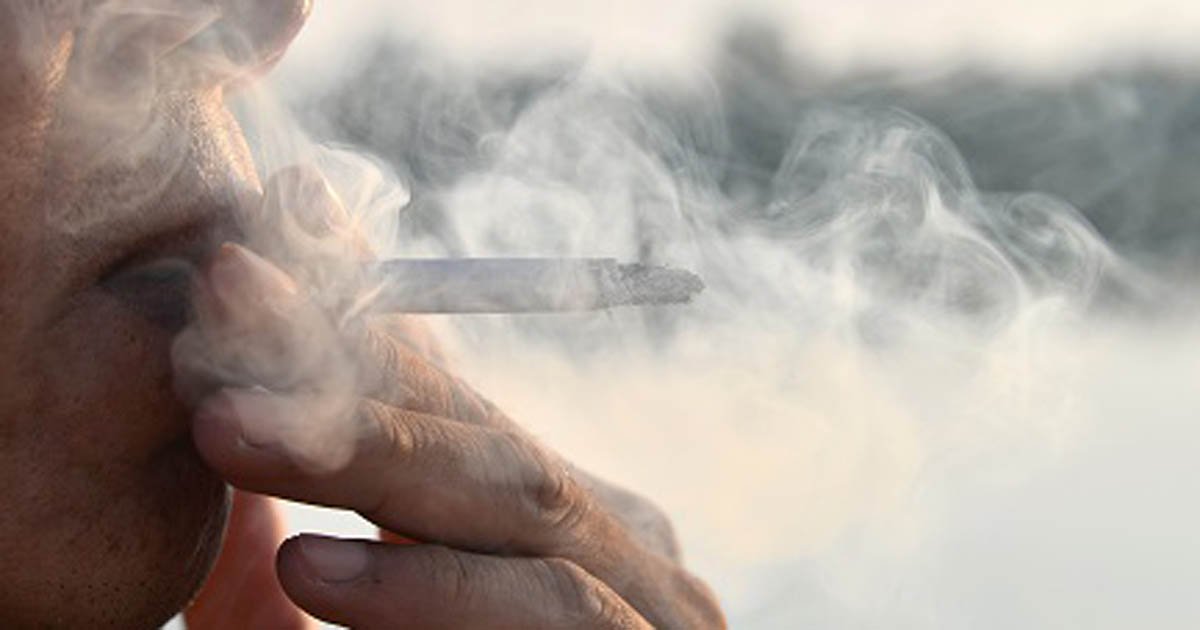Secondhand-smoke exposure associated with CKD

Exposure to secondhand smoke was associated with both a higher prevalence of CKD and the development of incident CKD among non-smokers, according to a recently published study.
“Secondhand smoke exposure at home or in the workplace is still prevalent despite legislative actions prohibiting public smoking,” Jong Hyun Jhee, MD, assistant professor in the division of nephrology and hypertension in the department of internal medicine at Inha University College of Medicine, and Jung Tak Park, MD, PhD, associate professor, division of nephrology in the department of internal medicine at Severance Hospital, Yonsei University College of Medicine, in Korea, told Healio/Nephrology. “This exposure to secondhand smoke was found to be clearly related with chronic kidney disease, a condition that damages the kidney permanently. Most of those who were being exposed to secondhand smoke were women, and even less-frequent amounts of secondhand smoke exposure seem to increase the risk of chronic kidney disease development.”
To examine the relationship between exposure to secondhand smoke and both the prevalence of and the risk for developing CKD, researchers used the Korean Genome and Epidemiology Study to identify 131,196 never-smokers with normal kidney function from 2001 to 2014 (mean age, 53 years; 75% were women; mean eGFR, 91 mL/min/1.73m2). CKD was defined as eGFR less than 60 mL/min/1.73m2. Through responses to survey questionnaires, participants were classified into one of three groups based on how often they were exposed to secondhand smoke per week which included the no-exposure group (n = 114,502), the fewer than 3 days per week group (n = 3,710) or the 3 days or more per week group (n = 12,984).
Researchers found the adjusted odds ratio for prevalent CKD was significantly higher in those with secondhand smoke exposure than those without (OR = 1.48).
In addition, during the mean follow-up time of 104 months, CKD occurred in 16% of the study population, with the risk for CKD development found to be higher in those exposed to secondhand smoke than those with no-exposure (HR = 1.64). Being exposed to secondhand smoke fewer than 3 days per week (HR = 1.59) or 3 days or more per week (HR = 1.66) were both associated with higher risk for incident CKD when compared to no-exposure. This finding demonstrated there was no significant dose effect with exposure frequency as the risk for CKD was elevated even with less-frequent secondhand smoke exposure, according to Jhee and Park.

“The results of this study suggest that lowering the chance of secondhand smoke exposure by enhancing public smoking restriction policies and educating the public could reduce the risk of chronic kidney disease development in the non-smoking population,” Jhee and Park said. “[However], in the present study, direct measurements of the accumulation of secondhand smoke-related toxic substances were not done. In order to directly demonstrate an association between secondhand smoke and its adverse effects, further investigations on serum cotinine or nicotine levels are needed.” – by Melissa J. Webb
Disclosures: The authors report no relevant financial disclosures.
